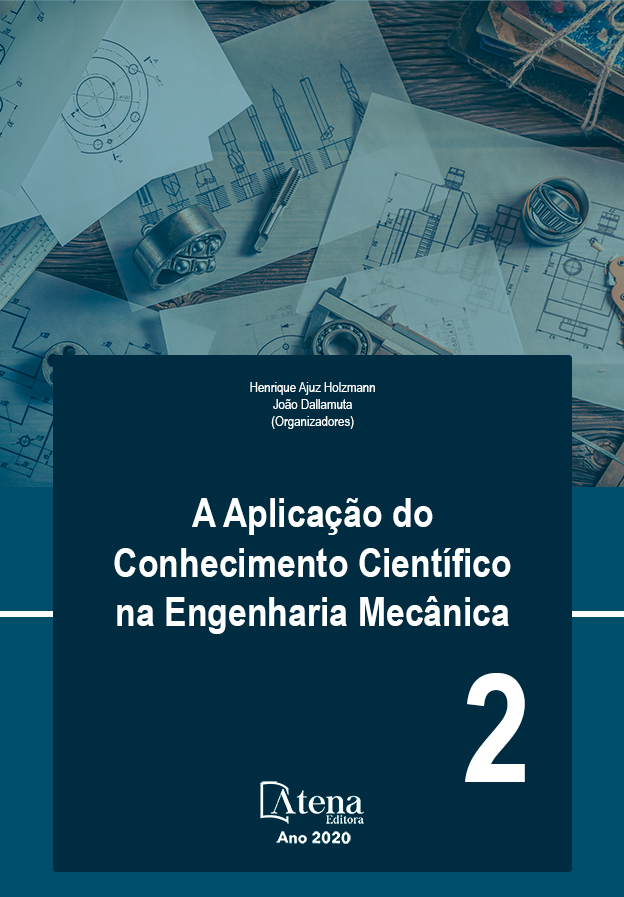
AVALIAÇÃO DA INTEGRIDADE SUPERFICIAL DO AÇO N2711 APÓS RETIFICAÇÃO COM REBOLO DE ÓXIDO DE ALUMÍNIO
A retificação é um processo de usinagem por abrasão empregado principalmente quando se deseja baixos valores de rugosidade e tolerâncias dimensionais estreitas para os componentes fabricados. Entretanto, possui como desvantagem consumir uma grande quantidade de energia por unidade de material removido. Essa energia é quase inteiramente direcionada para a peça em virtude das propriedades refratárias dos rebolos convencionais, das baixas profundidades de corte e das pequenas dimensões dos cavacos gerados. Como consequência, as peças produzidas por esse processo estão susceptíveis à danos térmicos, tais como oxidação, trincas, e alterações de microdureza, os quais, por sua vez, prejudicam o desempenho em serviço das peças fabricadas. Uma vez que a compreensão da influência dos parâmetros de entrada é essencial para evitar que uma grande quantidade de calor seja gerada e, consequentemente, se tenha danos térmicos, esse trabalho teve como objetivo investigar a influência de dois valores de velocidade da peça (6,8 e 10 m/min) e dois valores de penetração de trabalho (10 µm e 30 µm) na integridade superficial do aço N2711. Os resultados experimentais mostraram que para a penetração de trabalho de 10 µm não houve dano térmico à superfície retificada, enquanto que para a penetração de trabalho de 30 µm houve oxidação e queda na microdureza da superfície retificada.
AVALIAÇÃO DA INTEGRIDADE SUPERFICIAL DO AÇO N2711 APÓS RETIFICAÇÃO COM REBOLO DE ÓXIDO DE ALUMÍNIO
-
DOI: 10.22533/at.ed.7672011092
-
Palavras-chave: retificação, penetração de trabalho, aço N2711, integridade da superfície
-
Keywords: grinding, radial depth of cut, N2711 steel, surface integrity
-
Abstract:
Grinding is an abrasion machining process used mainly when low surface roughness values and narrow dimensional tolerances are desired for the manufactured components. However, it has the disadvantage of consuming a large amount of energy per unit of material removed. This energy is almost entirely directed towards the workpiece due to the refractory properties of conventional wheels, the low depth of cut values, and the small dimensions of the generated chips. As a consequence, the components produced by this process are susceptible to thermal damage, such as oxidation, cracks, and microhardness changes, which, in turn, impair the in-service performance of the manufactured components. Since the understanding of the influence of the input parameters is essential to prevent a large amount of heat from being generated and, consequently, the thermal damage occurrence, this work aimed to investigate the influence of two worktable speed values (6, 8 and 10 m / min) and two radial depth of cut values (10 µm and 30 µm) in the surface integrity of N2711 steel. The experimental results showed that for the radial depth of cut of 10 µm there was no thermal damage to the ground surface, while for the radial depth of cut of 30 µm there was surface oxidation and microhardness drop to the ground surface.
-
Número de páginas: 7
- Rosemar Batista da Silva
- Marcus Antônio Viana Duarte
- Eduardo Carlos Bianchi
- Henrique Butzlaff Hübner


